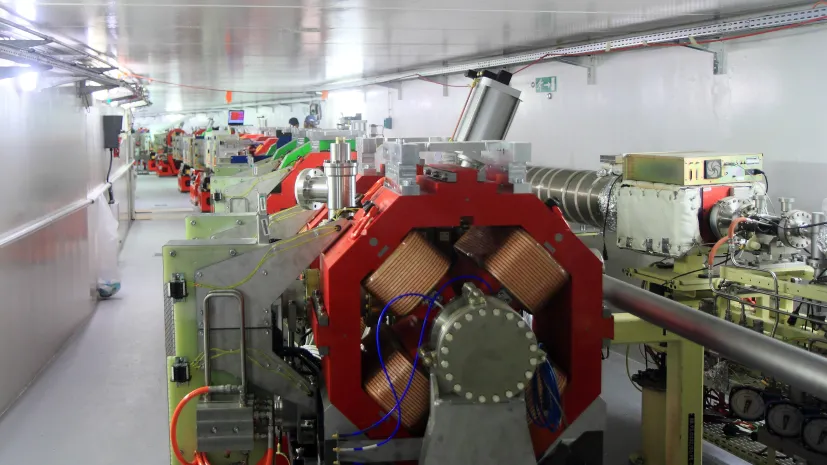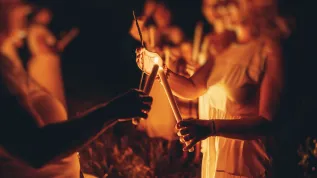-
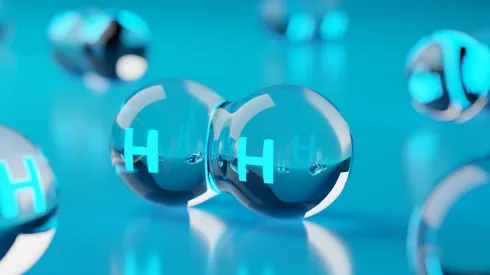
Scientists develop photocatalyst to produce hydrogen from water without chemicals
A team of scientists, including researchers from Jagiellonian University, has proposed a photocatalyst that produces hydrogen directly from water without chemical additives and can also operate with seawater. The breakthrough relies on single nickel atoms dispersed on a modified carbon-nitrogen material and a reaction pathway in which hydrogen peroxide appears only briefly as an intermediate.
-

Physicists catch elusive four-quark particles at the Large Hadron Collider
Physicists working at the Large Hadron Collider (LHC) near Geneva have obtained the strongest evidence to date for the existence of exotic particles composed of four charm quarks, confirming a prediction that for years existed only in theoretical calculations.
-
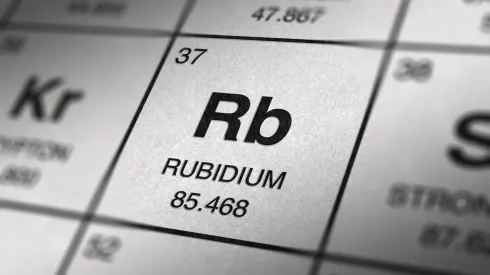
Scientists develop ultra-sensitive ‘atom radio’ to listen to faint microwave signals
Where ordinary radios falter, a new “atom radio” listens. Developed at the University of Warsaw, the device uses rubidium atoms as ultra-sensitive antennas.
-
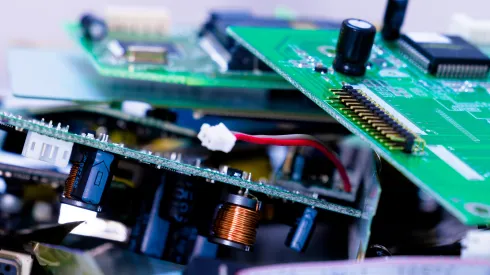
Scientists find ‘twisted metallic magnet’ could transform spintronics and electronics
A metallic “twisted” magnet conducts electricity more easily in certain directions and generates a strong signal without an external field, an international team including Kamil Kolincio, PhD, from the Gdańsk University of Technology has found.
-
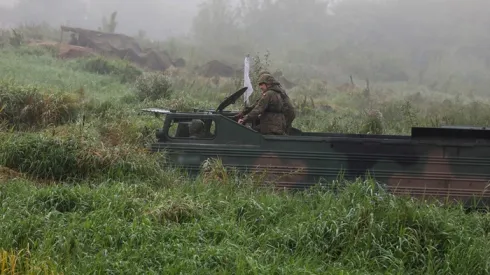
Polish scientists develop dual-use nanopowders for military and civilian use
Nanopowders and other dual-use technologies that can serve both civilian and military purposes, including materials that “remember” radiation and temperature and antibacterial coatings, are being developed by scientists at the Institute of Physics of the Polish Academy of Sciences.
-
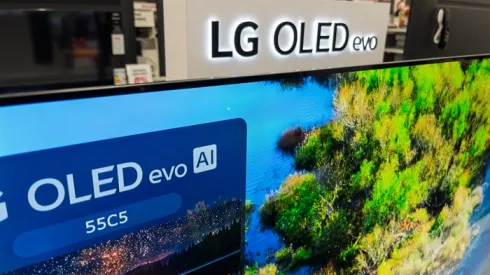
Researchers in Poland create new materials for printable OLED displays
Researchers from Toruń, Kraków and Bydgoszcz have developed new benzimidazole-based compounds that could make the production of OLED displays faster and cheaper. Their findings, published in the Journal of Molecular Structure, show that the materials can be used to create light-emitting layers through solution processing, a method similar to inkjet printing.
-
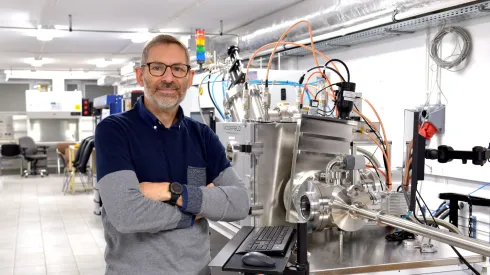
Gdańsk Tech scientists working on material that could ‘revolutionize’ energy storage
Scientists at Gdańsk University of Technology are exploring a new way to store and release electricity using a material that combines the properties of diamond and graphene.
-
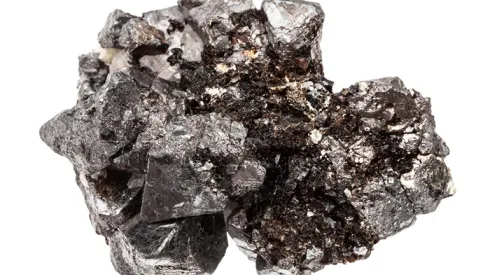
Polish scientists ‘season’ magnetite to create glow-in-the-dark, antimicrobial material
Scientists in Poland have discovered a way to give a familiar mineral new talents by “seasoning” it. A team at the University of Białystok has been experimenting with magnetite, a cheap and well-known iron oxide, by adding tiny amounts of metals to create materials that can glow and slow the growth of bacteria and fungi.
-
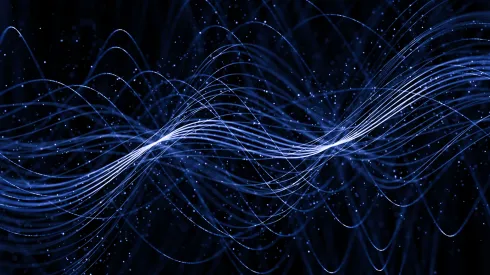
Polish and Austrian scientists develop new model to study high-energy quantum photons
Scientists from Poland and Austria have created a new computer model for studying quantum phenomena involving high-energy photons which could help test the foundations of quantum mechanics.

